The Seventh Victim
8 /10 1 Votes
92% Rotten Tomatoes Genre Drama, Horror, Mystery Initial DVD release October 4, 2005 Language English | 7/10 IMDb Director Mark Robson Duration Country United States | |||||||||||||||||||||||||||||||||
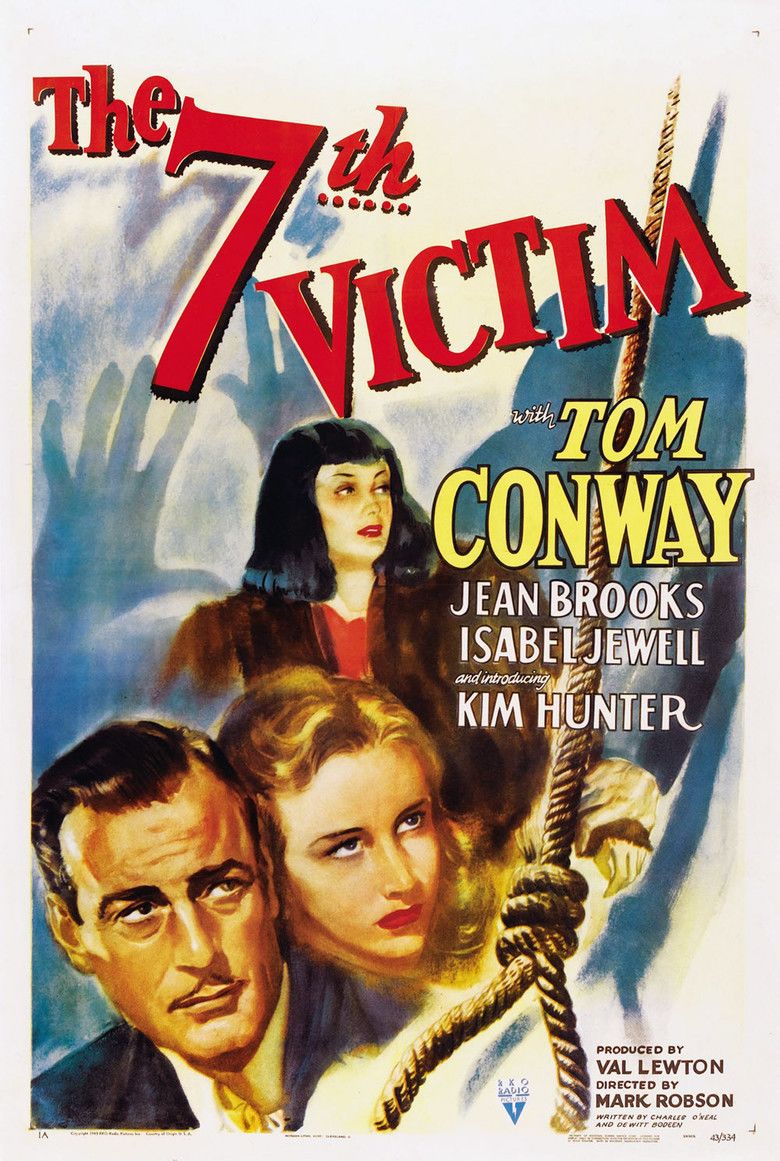 | ||||||||||||||||||||||||||||||||||
Release date August 21, 1943 (1943-08-21) Cast (Doctor Louis Judd), (Jacqueline Gibson), (Frances Fallon), (Mary Gibson), (Natalie Cortez), Erford Gage (Jason Hoag, Poet)Similar movies Detour , The Third Man , Notorious , The Big Sleep , The Sniper , Out of the Past Tagline ROBBED OF THE WILL TO LOVE! | ||||||||||||||||||||||||||||||||||
The Seventh Victim is a 1943 American horror film noir directed by Mark Robson and starring Tom Conway, Jean Brooks, Isabel Jewell, Kim Hunter, and Hugh Beaumont. Written by DeWitt Bodeen and Charles O'Neal, and produced by Val Lewton for RKO Radio Pictures, the film focuses on a young woman who stumbles on an underground cult of devil worshippers in Greenwich Village, New York City, while searching for her missing sister. It marks Robson's directorial debut and was Hunter's first onscreen role.
Contents
- The seventh victim 1943
- Plot
- Cast and characters
- Conception and filming
- Post production
- Release and reception
- Themes and analysis
- Musical score
- Track listing
- Home media
- References
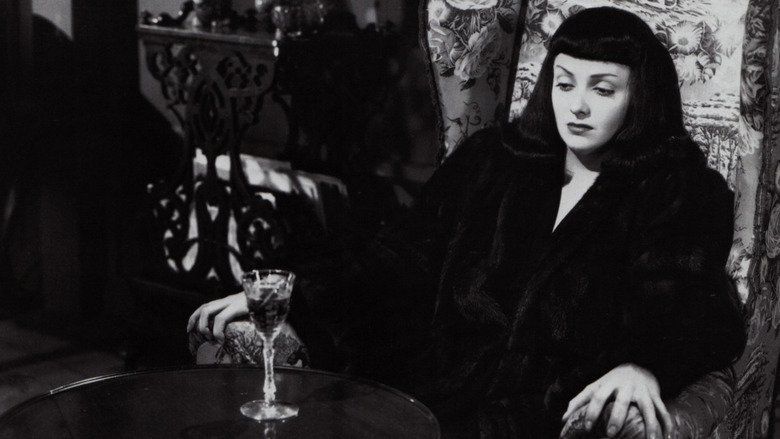
O'Neal had written the script as a murder mystery, set in California, that followed a woman hunted by a serial killer. Bodeen revised the script, basing the story on a Satanic society he had encountered in New York City. Filming took place over 24 days in May 1943 at RKO Studios in Los Angeles.
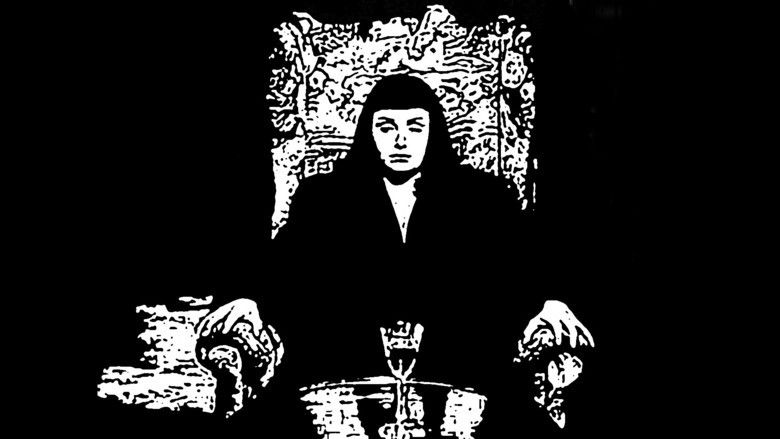
Released on August 21, 1943, the film failed to garner significant income at the box office and received mixed reviews from critics, who found its narrative incoherence a primary fault. It was later revealed that Robson and an editor, John Lockert, had removed four substantial scenes from the final cut, including an extended conclusion. In spite of its mixed reception, the film became a cult film in England, noted by critics for its homoerotic undertones.
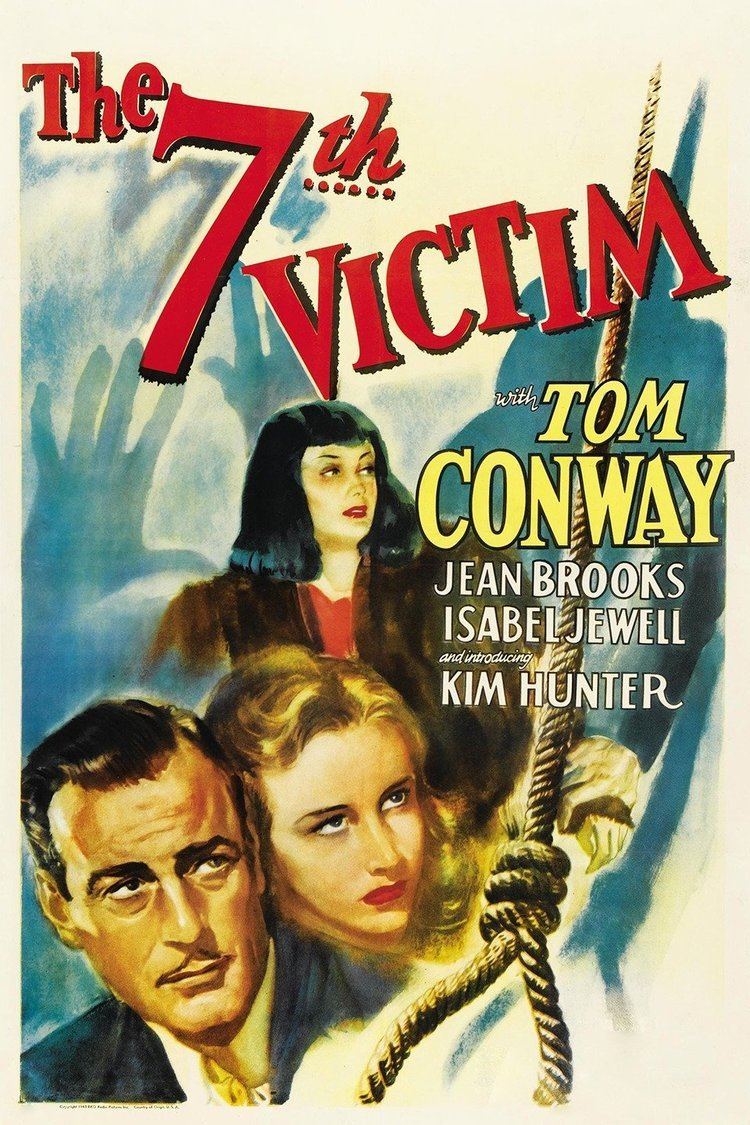
The seventh victim 1943
Plot
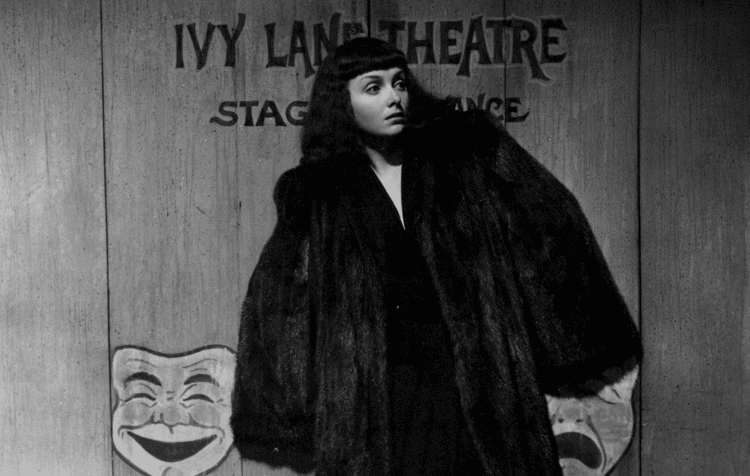
The film opens with the quote from John Donne: "I run to death, and death meets me as fast / and all my pleasures are like yesterday."
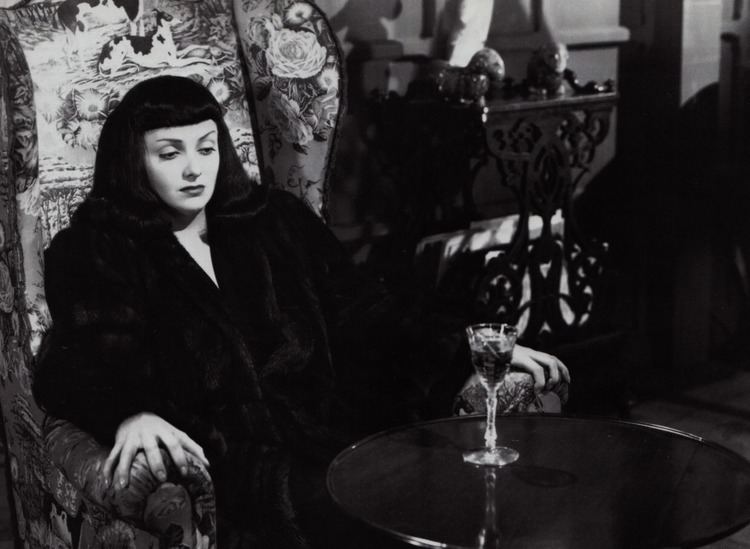
Mary Gibson (Kim Hunter), a young woman at Highcliffe Academy, a Catholic boarding school, learns that her older sister and only relative, Jacqueline Gibson (Jean Brooks), has gone missing and has not paid Mary's tuition in months. The school officials tell Mary she can remain enrolled only if she works for the school. Mary decides to leave school to find her sister, who owns La Sagesse, a cosmetics company in New York City.

Upon arriving in New York, Mary finds that Jacqueline sold her cosmetics business eight months earlier. Jacqueline's close friend and former employee, Frances Fallon (Isabel Jewell), claims to have seen Jacqueline the week before, and suggests that Mary visit Dante's, an Italian restaurant in Greenwich Village. Mary locates the restaurant, and discovers that Jacqueline has rented a room above the store, without having moved in. Mary convinces the owners to let her see the room, which she finds empty aside from a wooden chair and above it a noose hanging from the ceiling. This makes Mary more anxious and determined to find her sister.

Mary's investigation leads her to Jacqueline's secret husband, Gregory Ward (Hugh Beaumont); a failed poet, Jason Hoag (Erford Gage); and a mysterious psychiatrist, Dr. Louis Judd (Tom Conway). Jacqueline had been Judd's patient, seeking treatment for depression stemming from her membership in a Satanic cult called the Palladists. She was lured into joining the cult by her former co-workers. Mary enlists a private detective, Irving August (Lou Lubin), but he is stabbed to death while investigating at the La Sagesse headquarters. Judd eventually helps Mary locate Jacqueline, who has gone into hiding. Gregory Ward falls in love with Mary. Jacqueline is later kidnapped by the cult members and condemned to death for revealing the cult. She would be the seventh person so condemned since the founding of the cult (hence the film's title).

The cult members, squeamish about committing acts of violence, decide that Jacqueline, who is suicidal, should kill herself. When she refuses, they let her leave, but send an assassin to follow her. The assassin chases her through the darkened streets with a switchblade, but she eludes him and returns to her apartment above Dante's. She briefly encounters her neighbor, Mimi (Elizabeth Russell), a young woman with a terminal illness. Mimi confesses to Jacqueline that she's afraid to die, and plans to have one last night out on the town. Jacqueline enters her own apartment and hangs herself. The thud of the chair falling over is heard, but the sick woman does not recognize the sound as she leaves for the evening.
Cast and characters

Uncredited cast:
Conception and filming
The script for The Seventh Victim went through several incarnations in the pre-production process. One version focused on an orphan caught in a murder plot amid California's Signal Hill oil wells; in this narrative, the heroine needed to solve the orphan's identity, saving him from becoming the seventh victim of the unknown killer. This version of the script was re-written entirely by DeWitt Bodeen under the supervision of producer Val Lewton. The new plot followed a young woman who uncovers a cult of Satanists in Greenwich Village. Bodeen purportedly based his idea for the film on a real Satanic society he had encountered in New York. The script incorporated other elements of his experiences in New York: Jacqueline's cosmetics business, La Sagesse, was inspired by his previous work as a journalist reporting on cosmetic companies, and the Italian restaurant, Dante's, was based on Barbetta, a restaurant in Manhattan's Theater District.
Mark Robson, a Canadian editor who had worked as an assistant on Citizen Kane, was signed to direct the film, his directorial debut. It was shot over 24 days at RKO's Gower Street studio in Los Angeles, California, beginning on May 5, 1943, and concluding on May 29. The opening scene at the boarding school used the set featured in RKO's The Magnificent Ambersons, released the year before.
Post-production
Mark Robson and John Lockert made multiple edits to the film during post-production, according to Lewton and Bodeen, resulting in a slightly "disjointed" narrative. Lewton's son spoke about this in a 2003 interview:
[My father's] scripts were very specific about set design, camera direction, and also what you usually left to one editor—dissolves, cuts, and so on. Much of the confusion in The Seventh Victim would have been eliminated if scenes weren't cut. There was a final scene, after the woman hanged herself, that was just a horrible rehash, and it was wisely cut. It's a great ending, with the final scene taken out, but that lost shot (when we hear the chair fall) needs to hold for another four or five seconds, just enough time to let it sink in. But it doesn't. The movie just ends, and the reason was because they couldn't go back to reshoot it.
According to Joel Siegel in Val Lewton: The Reality of Terror (1973), four scenes were cut from the film, contributing to its narrative incoherence:
Release and reception
The film premiered on August 21, 1943. Five days later, on August 26, according to the United States Copyright Office, it was registered for copyright by RKO Pictures. On September 17, 1943, the film opened theatrically at the Rialto Theatre in New York City. A total of $130,000 was spent on promotional material, including posters and lobby cards.
The Seventh Victim did not fare well with audiences. A cinema proprietor in South Carolina reported that theatergoers were disappointed: "We must have been the eighth victim; patrons walked out. Business poor. Some of the kids would not sit through it." A.C. Edwards, a theater employee in Scotia, California, said it was "without doubt the most unsatisfactory picture we have any recollection of." The failure to generate considerable income at the box office (on top of the financial failure of Lewton and Robson's follow-up picture, The Ghost Ship) would result in Lewton scrapping two planned projects, The Screaming Skull and The Amorous Ghost.
The film was praised for the shadowy camera work by cinematographer Nicholas Musuraca, but criticized for having too many characters and a storyline that lacked cohesion. Bosley Crowther, writing in The New York Times, thought that the film "might make more sense if it was run backward." Variety gave a negative review, noting: "A particularly poor script is the basis for the ills besetting this mystery melodrama. Even the occasional good performance can't offset this minor dealer."
Critic Jonathan Rosenbaum cited The Seventh Victim as his favorite horror film; it is the only horror movie on his list of 100 favorite movies. Film historian Carlos Clarens also praised the film, noting: "Rarely has a film succeeded so well in capturing the nocturnal menace of a large city, the terror underneath the everyday, the suggestion of hidden evil," and deemed it "hauntingly oppressive." In Guide for the Film Fanatic, critic Danny Peary wrote that The Seventh Victim is "a complete original, a cult film in England way back in the forties. It features bizarre and sinister characters (i.e. a one-armed female devil-worshipper who plays piano), smart, strong-willed women, and several scary scenes ... The double suicide [of both Jacqueline and her neighbor, Mimi] that ends the film is perhaps the most baffling, depressing moment in all horror films."
TV Guide gave the film four out of five stars, noting: "While very little in the way of horrific action takes place in The Seventh Victim, the film has a haunting, lyrical, overwhelming sense of melancholy and despair to it—death is looked upon as a sweet release from the oppression of a cold, meaningless existence." They considered its conclusion "without a doubt the bleakest ending to any film ever made in Hollywood." Time Out London also praised the film, calling it Robson's "masterpiece, a brooding melodrama built around a group of Satanists ... the whole thing is held together by a remarkably effective mix of menace and metaphysics—half noir, half Gothic."
In a retrospective review of the film in The New York Times, critic Caryn James wrote: "Despite its creaky plot, The Seventh Victim is one of Lewton's best movies, a triumph of style over sense." She also noted a "terrifying scene that anticipates Psycho [in which] Mary is shocked by a visitor who breaks in while she showers." Other historians and critics, including Joel Siegel and Laurence Rickels, cited the scene as a potential precursor to the infamous shower murder in Psycho.
As of February 2017, the film had an approval rating of 92% on the review aggregation website Rotten Tomatoes, based on 13 reviews.
Themes and analysis
The film is loosely connected to Cat People (1942) by the appearance of Tom Conway as Dr. Louis Judd, who had roles in both films. Judd recounts to a poet that he once knew a mysterious woman who was in fact a "raving lunatic" (referencing Irena Dubrovna, the protagonist of Cat People). In memos and early drafts of the script, Conway's character was referred to as "Mr. Siegfried"; film scholars believe that the character's name was changed to provide continuity between the two films and to capitalize on Cat People's success. The Judd character, however, had died in Cat People, calling into question the relation of the two fictional narratives. Val Lewton historian Edmund Bansak notes that the films are also linked thematically through a preoccupation with nihilism.
Most controversially, the film resolves with the suicide of one of the main characters (contrary to the spirit if not the letter of the Production Code). Film historian Steve Haberman, in his audio commentary for the 2005 Warner Bros. DVD release of the film, characterized Jacqueline as the film's philosophical center, noting her existentialist views: "Her life is the very nightmare version of life that Val Lewton portrays in many of his movies: a meaningless existence, trying to find meaning, always failing and in the end seeking a sort of peace through death." Film scholar J.P. Telotte echoed this sentiment, stating: "The Seventh Victim explores certain ineffable fears that always haunt the human psyche, especially a fear of meaninglessness or the irrational which can make death seem almost a welcome release from life."
Critics have noted homosexual undercurrents running through the film, particularly in Jacqueline's character and her relationship with Frances, a cult member who is an employee at the company she formerly owned. The film was featured in Turner Classic Movies Channel's Screened Out, which celebrated gay and lesbian themes in classic Hollywood cinema. Other film theorists, such as Harry M. Benshoff, author of Monsters in the Closet: Homosexuality and the Horror Film (1997), have read the film's anchoring of its Palladist characters in Greenwich Village—a neighborhood with a history of gay and lesbian residents—as another prominent undercurrent. In his assessment of the film, Benshoff notes: "The Seventh Victim invokes the analogy in ways more sympathetic to homosexuality. While it could have easily fallen into the trap of using gay and lesbian signifiers to characterize its villains (i.e. homosexual = Satanist, as did Universal's The Black Cat in 1934), the film is much more complex than that." Additionally, Benshoff notes that, while contemporary reviews did not comment on the film's homosexual undertones, they did note its "baffling" subtleties.
Musical score
The score was composed by Roy Webb, and is possibly the only Hollywood film score of the period to end in a minor key. Film historian Edward Bansak notes that Webb's score for the film is remarkably understated: "Rather than use a strong theme to accompany the chills, Webb relies upon single chords and ominous strains of dissonance that create an effect not unlike the characteristic work of Bernard Herrmann."
On June 3, 2000, a compilation disc of Webb's musical scores from Lewton's series of horror films—titled Music from the Films of Val Lewton—was released by Alliance, featuring ten musical tracks from The Seventh Victim.
Track listing
All tracks written by Roy Webb.
Home media
The Seventh Victim was released on LaserDisc in 1986 by RKO Home Video, and on VHS in 2002. It made its DVD debut on October 8, 2005, in a five-disc box set titled the Val Lewton Collection, comprising nine horror films released by RKO and produced by Lewton. Other films in the set include Cat People, I Walked with a Zombie, and The Ghost Ship. The Seventh Victim was also paired on a single-disc DVD alongside Shadows in the Dark, a documentary on Lewton's career. The film has not yet been released on Blu-ray.
References
The Seventh Victim WikipediaThe Seventh Victim IMDbThe Seventh Victim Rotten TomatoesThe Seventh Victim themoviedb.org
